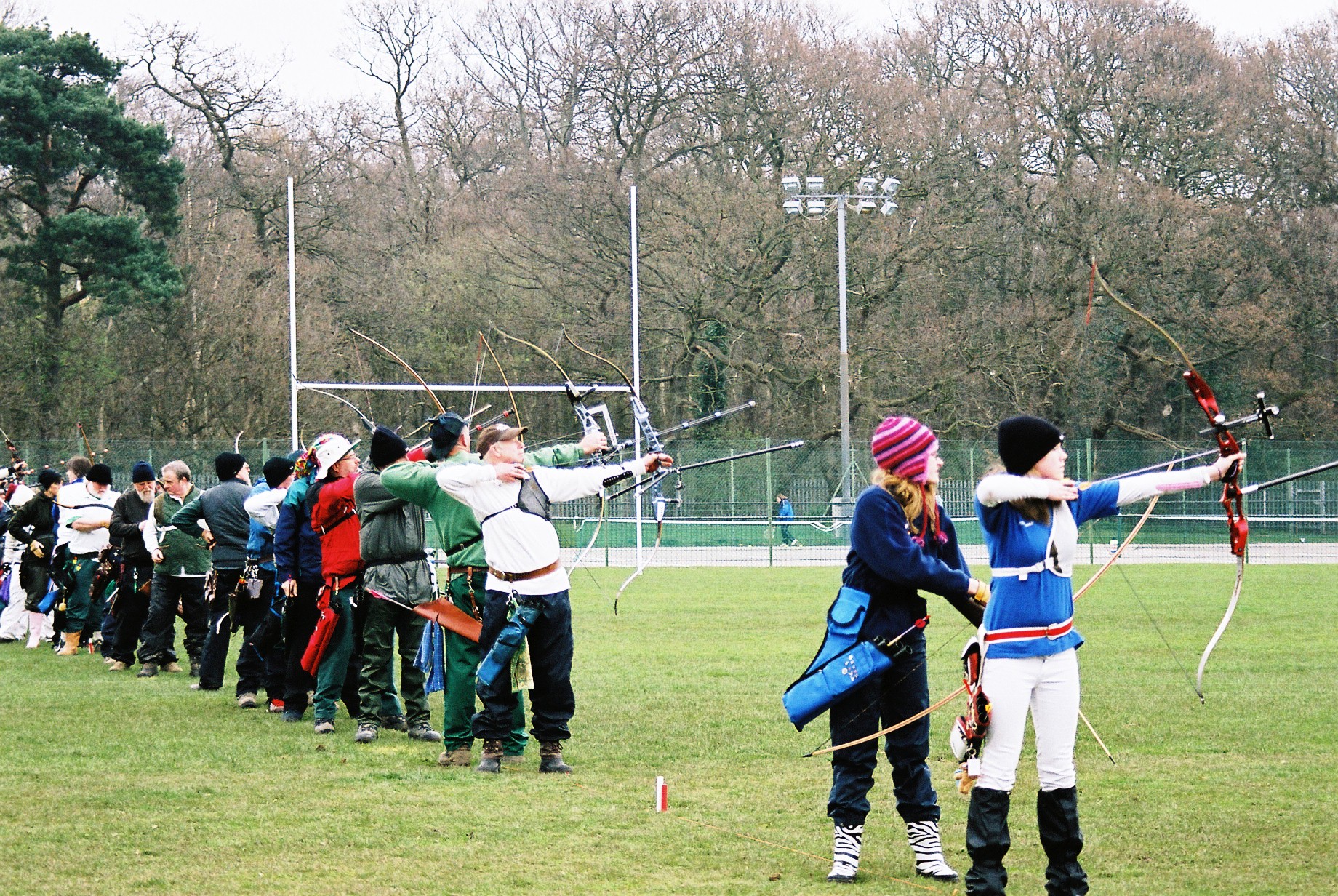Blog
Archery for Beginners: How to Get Started
On the off chance that you'd like to get into arrow based weaponry as a diversion however you have no clue where to start, I absolutely comprehend where you're coming from: when I began, I felt completely overpowered. I was eager to get a bow and begin shooting, however, I was confounded by every one of the terms and gear and particulars. I realized I needed to make a plunge, however, I had such a large number of unanswered inquiries.
That is the reason I assembled this post: as a method for exhibiting the "huge thoughts" and acquainting you with the game.
On this page, I'll give an introduction to the hardware you'll require, a few terms you'll hear a ton, and where you can really begin.
In the event that you have any inquiries, abandon them underneath, and I'll answer them when I can. Good fortunes, and welcome to the inconceivable craft of Archery.

First up in your "bows and arrows for learners"
There are two fundamental kinds of bows: recurve quits bows.
(In case you're an accomplished toxophilite, I would already be able to hear you contending with me - indeed, there are numerous sorts of bows, such longbows, crossbows, composite bows, Japanese Yumi bows, etc. Unwind! We'll arrive. We're talking in consensuses here).
Recurve bows resemble this
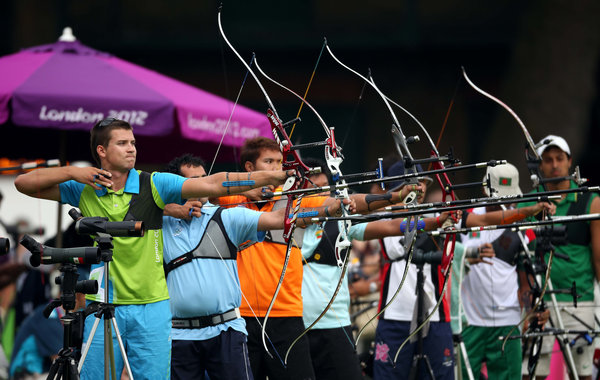
These are the bows you find in the Olympics. They have a smooth, elegant plan and they're generally utilized for sport shooting, albeit some accomplished seekers use them for bow chasing. These are GREAT for amateurs, since they're somewhat less complex than the following kind of bow, which is...
Compound bows, which resemble this:
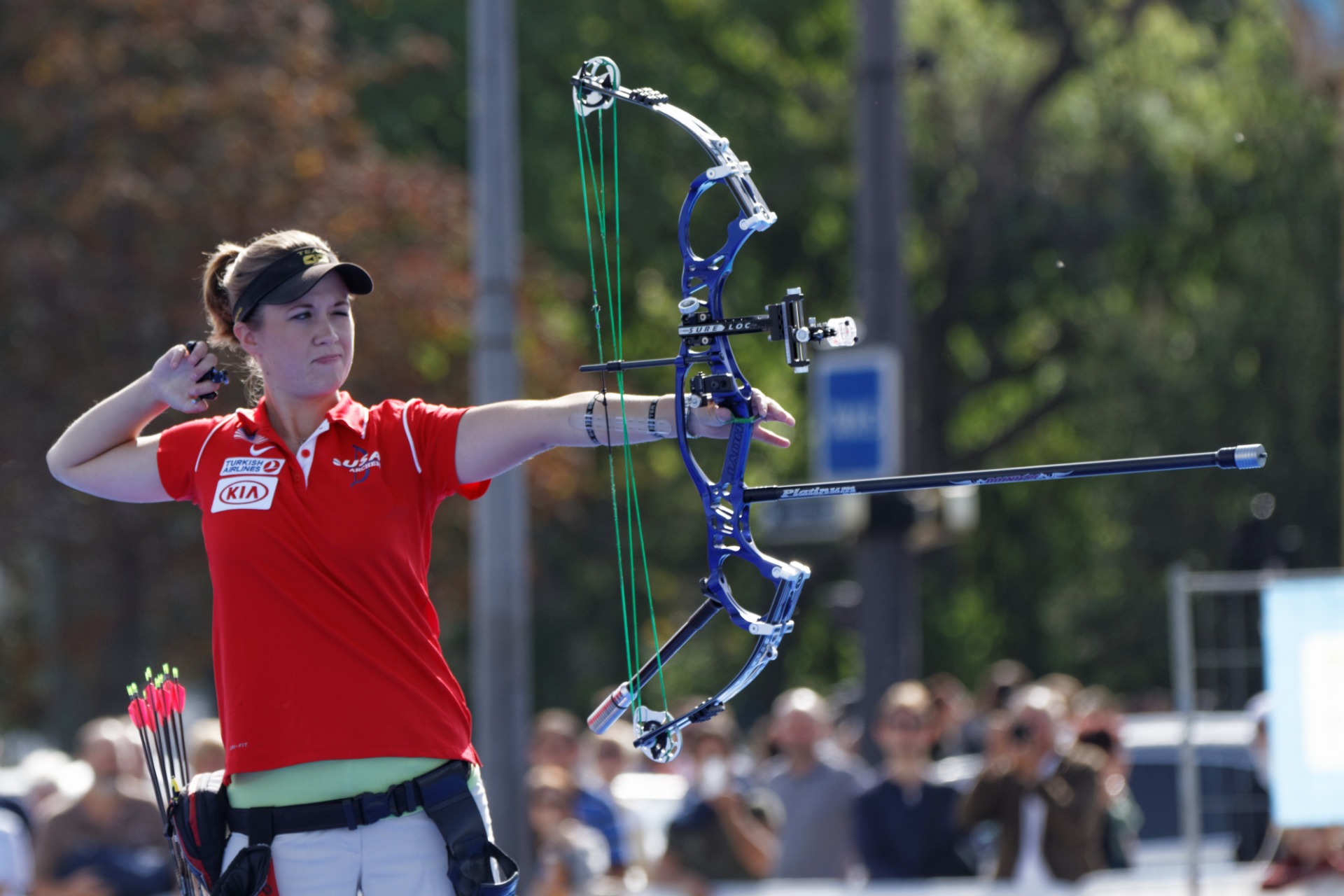
These bows are fundamentally utilized for chasing, in light of the fact that they can shoot with mind boggling velocity and exactness. In the event that you take a gander at the best and base of the bow, you'll see that there are adjusted wheels that hold the draw string. These are classified "cams." They are a piece of a turning framework that incorporates links and pulleys that enables the bow to increase (or "exacerbate") the power used to drive the bolt forward.
Sound entangled? It is! The compound bow is a mechanical wonder that was made as of late - they were designed in 1966, and when you think about that we've been bow chasing for a huge number of years, that is a quite ongoing advancement.
You don't generally need to think about the exploration of compound quits; in case you're intrigued, you can find out about that later on.
On the off chance that you go to a bows and arrows run - and we'll discuss extends in a second - you'll see toxophilite utilizing the two kinds of bow.
Before we get off the point of bows, here are a few terms you'll hear when you talk about bow
- The Riser. This is the handle of the bow; it's what you hold when you shoot. Risers get convoluted, yet this is what you have to know at the present time: the riser includes the bolt rest, which is the place you put your bolts previously drawing. Recurve retires from a hoisted rest, and compound withdraws from a "stubble scone."
- The Limbs. These are connected to the riser; they shape the genuine bow, with the best appendage joined by the bow string to the base appendage. You'll regularly hear the expression "takedown bow"- - this is where you can segregate old appendages, and supplant them with more up to date, heavier appendages. Takedown bows are extraordinary for amateurs, since you can put new appendages on the bow as you create quality and precision.
- The Bow String. This is the string that interfaces the best appendage to the base appendage.
- The Nock Point. This is the spot on the bow string where you put the finish of the bolt. The nocking direct needs toward remain in a similar place, with the goal that you can point and shoot reliably.
On the off chance that that all appears to be excessive, don't stress over it! You'll comprehend the subtleties of those terms in the blink of an eye.

Which Bow Should You Use When You're Starting Out?
That is up to you! In case you're attracted to compound bows, utilize compound bows; on the off chance that you like the look of recurve bows, begin with a recurve bow. There's no correct answer - it's thoroughly up to you, and numerous bowmen utilize both through the span of their lives.
That said... I, for the most part, suggest that individuals begin with a recurve bow since they're such a great amount of less demanding to utilize. There's less gear included so they're less demanding to learn, and they're an incredible method to learn legitimate shooting structure (and arrow based weaponry is a LOT about shape). What's more, in the event that you need to enter rivalries (and in the long run make it to the Olympics!) a recurve bow is the best approach. You can begin off on a compound - and many individuals do - yet there might be a more extreme expectation to learn and adapt, on the grounds that they're somewhat more confused than recurve bows.
One other thing - in case you're keen on chasing, don't feel that you have to begin off with a compound bow. It's very minimal better to begin off with a recurve in case you're keen on chasing. It'll give you a more extensive base of learning about bows, and all you to assemble your aptitudes starting from the earliest stage, as it's been said. A lot of individuals begin a recurve and after that do the change to compound when they're prepared to figure out how to chase.
A Bow Isn't a Bow Without an Arrow
So we've discussed bows. Shouldn't something is said about bolts?
There are three primary kinds of bolts: aluminum, carbon, and wood. Every ha explicit characteristic and explicit employments:
- Aluminum Arrows. These are incredible for amateurs, and they can be utilized by individuals who shoot from a recurve bow, just as by individuals who shoot from a compound bow. In the event that you go to the range, you'll presumably observe plenty of aluminum bolts.
- Carbon Arrows. These are famous with seekers and are extremely well known with individuals who use mixes bows (despite the fact that you can likewise utilize them with a recurve).
- Wood Arrows. The first bolt! On the off chance that you choose to get into customary bows and arrows, you'll figure out how to adore wooden bolts, and in the long run, you'll figure out how to make your own. That is really cool. You can utilize wooden bolts with a recurve bow, yet they're more sensitive than aluminum and carbon, so you shouldn't utilize them with a compound bow, in light of the fact that as I referenced above, compound bows push bolts with amazing power, and wooden bolts can't generally withstand the weight of a compound bow.
Here are a few terms you'll most likely hear when you're discussing bolts:
- Pointed stone. This is the pointy part at the front of a bolt. Sharpened stones can be diverse loads (and that is essential; I'll talk about that in another post) and distinctive shapes, running from gruff to super, super, overly sharp.
- Shaft. This is the length of the bolt.
- Fletching. These are the vanes on a bolt; now and again they're made of plumes (this is useful for target practice) and here and there they're made of plastic (and this is useful for chasing). Generally, there's one vane on the bolt that is an unexpected shading in comparison to the next two vanes, and that is known as the list vane.
- Nock. This is the back bifurcated end of the bolt, that fits into the bowstring.
Trust it or not, bolts are one of the more muddled parts of archery. on the grounds that each bow and arrows organization that makes bolts has diverse weighting frameworks, estimating frameworks, etc. In any case, in case you're raring to go, I've composed a post about the best bolts for learners, and you can look at that here.
Where You Can Get a Bow and Arrow
There are ace shops everywhere throughout the United States and Canada, and most convey several diverse arrow based weaponry items. Some star shops have sales reps who hear what they're saying, albeit, unfortunately, some ace shops have salesmen who do not understand what they're discussing and are simply attempting to move your stuff. It's astute to peruse upon arrow based weaponry before you go to an ace shop, so you can differentiate between a decent sales rep and a sales rep who doesn't know his head from a gap in the ground.
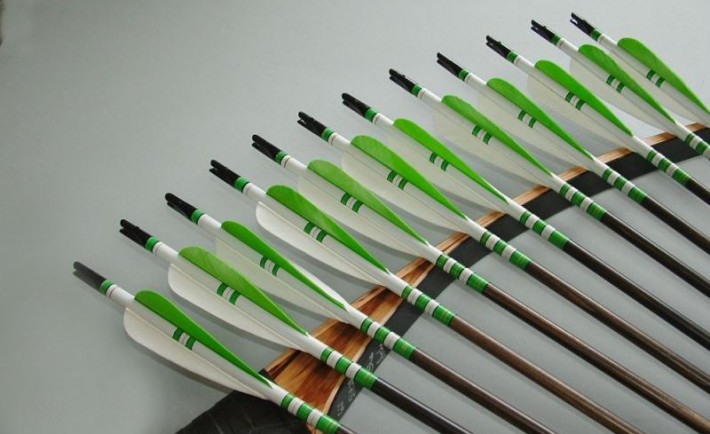
You can purchase bows and arrows supplies on the web - Amazon has an enormous determination of bows, bolts, and different hardware pieces - and you can likewise purchase specifically from certain bows and arrows gear organizations.
In this way, you have the alternative of professional shops and online retailers. In any case, in case you're not prepared to purchase a bow, you can essentially go to the range - have I talked about extents yet? No? I'll get to that in a moment - and you can lease your bows and bolts there. For amateurs, that is a GREAT alternative, since it very well may be hard to tell what measure bow you require, the sort of bolts, etc. When you appear at the range, they'll give you precisely what you need, and you can bounce in head first.
On the off chance that You Can't Wait to Get Started and Want to Buy a Bow Right Now
In case you're searching for your first bow, I prescribe the Samick Sage Takedown Recurve Bow, which I talk about here. It's sold here.
It's a FANTASTIC bow, and it's the primary bow I purchased. It's basic yet ground-breaking, and you can dress it down and keep things basic, or you can get extravagant and include bow sights, silencers, plungers, stabilizers, etc. Those are propelled hardware pieces that I examine in this post here.
The Samick Sage is somewhat of an industry standard with regards to novice bows - it's suggested by individuals all over the place, and I've just once in a while heard an awful word said about it.
Arrow-based weaponry Ranges: The Easiest Way to Get Started
The most straightforward approach to getting hands-on involvement and expert direction is to go to your closest arrow based weaponry extend. Numerous reaches expect you to take an early on wellbeing class (here's a precedent), where you'll rapidly get familiar with the correct method to hold a bow, draw, point, etc. You'll be astounded at what a solitary session will do you for you-you'll stroll into the range a beginner, and you'll leave the range... indeed, despite everything you'll be a learner, however, you'll presumably have hit a couple of bullseyes and you'll feel truly extraordinary about yourself.
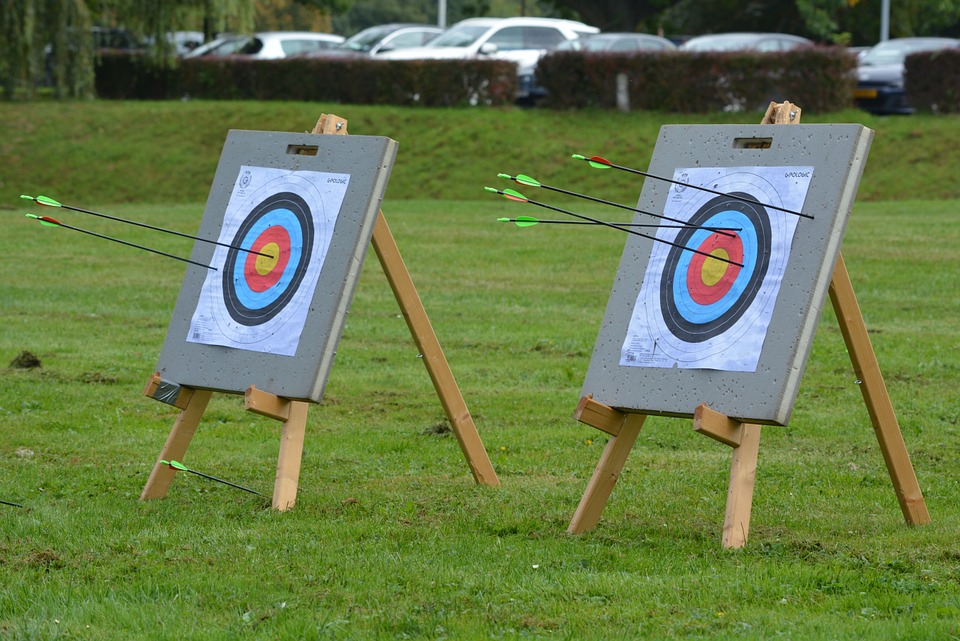
In addition - here's the genuine estimation of a range: they'll give you the gear you have to shoot for a couple of hours. They'll enable you to lease a bow that accommodates your size determinations, give you bolts that coordinate the bow, and place an objective at the fitting separation. That by itself merits the cost of affirmation, on the grounds that picking hardware when you're a learner can be very troublesome (and, you got it: I composed a post about how to pick gear here).
So where is your closest range? Fortunately, there's a fabulous site that has a state-by-state list of range areas. Archery 360 is a site kept running by the Archery Trade Association, and they have a dynamite database of bows and arrows goes in each state. Their page here will disclose to you the nearest bows and arrows stores and ranges close to your house.
On the off chance that you do get engaged with bows and arrows, the range will turn into your most loved place. Not exclusively will you approach bows and arrows groups and some astounding classes (the range close me has a hatchet tossing class - how cool is that?), you will you meet similar individuals who can train you a ton about sports shooting and chasing. For some individuals, the range begins as a place to learn and rapidly turns into a place to spend time with companions.
On-Your-Own Learning
On the off chance that you get the bug and need to learn as much as you can about bows and arrows, there are some phenomenal locales devoted to bows and arrows that you can visit. The best one is this one, clearly! I've endeavored to make a site that really enables learners to go from 100% green to skilled, so in the event that you have any input on how I can improve this site, I'd love to hear it - bounce over to my "Contact" page and send me a note.
There are different destinations, obviously, and some are pretty darn fabulous. Here is a portion of my top choices:

Arrow-based weaponry 360. I referenced these folks above. This is the nearest thing to an online arrow based weaponry magazine out there. It is very brave how-to recordings, interviews with professionals and Olympians, and magazine-style articles about points of intrigue (ie, "Five Epic Spots for Archers Who Love to Travel" and "10 Archery Costumes We Love").
NUSensei's recordings on YouTube, located here. NUSensei really cherishes the game of arrow-based weaponry, and has many inside and out, accommodating recordings about gear, frame, and style. In addition, he has an incredible comical inclination, and that has a gigantic effect, on the grounds that there are some exceptions, dry educators out there. Fun Fact: Sensi has an objective of going to the 2020 Olympics, and has kept a strict preparing regimen to get him there. Go, Nunsense I! We're pulling for you.
The "Bows and arrows" subreddit at Reddit.com. Truly, there are some arrow based weaponry egotists there, however not many - the mind larger part of people in the network are super-pleasant and super-accommodating. It's refreshed each day, and it's unquestionably worth a visit.
Last Thing - What About Kids?
A *lot* of the guests to this site are guardians, and that is AWESOME. Bows and arrows are an extraordinary parent-and-youngster sport, and I'm happy you're here.
Here are the #1 and #2 questions I get from guardians who visit my site: Can my children get engaged with arrow-based weaponry, and is it safe?
Question #1: Absolutely! There are many, numerous children who learn at a youthful age, and there are real associations children can join. JOAD (Junior Olympic Archery Development) is a program for children 8 to 20, and has programs in each state in the U.S. I've composed a post about getting kids engaged with bows and arrows, and you can find that here.
Question #2: Archery can be sheltered AS LONG AS THERE IS A PARENT OR GUARDIAN AROUND, WHO KNOWS WHAT HE/SHE IS DOING, AND IS PAYING CLOSE ATTENTION.
I gave you the old "full tops" treatment there, in light of the fact that I need to be clear: bows and arrows can be a protected game for children, yet they NEED PROPER SUPERVISION (I just went full tops once more; sad).
Bows and arrows is a leisure activity, yet a bow and bolt isn't a toy - it is a weapon, and it can lethally hurt the client or individuals around the client.
Thus, yes - can most certainly be a sheltered and remunerating sport for children, yet just when appropriate security rules are pursued.
You're Off to a Good Start
So now you think about the two primary kinds of bows, a smidgen about bolts, the advantages of a range, and where you can adapt more as you build up your abilities. You ought to be energized - you're headed toward an incredible begin!
In case you're prepared for additional, I'd propose you found out about legitimate shooting procedure or how to purchase your first bow.
Much obliged for halting by!

